I’m excited to share my experience with a fantastic piece of gear: the FLIR Scout II 320 thermal imaging monocular. As an avid outdoors enthusiast, I’ve spent countless hours in the woods, and I can tell you that this device has completely changed the way I see the night. I’ve always been fascinated by wildlife, and the challenge of observing animals after sunset has always been a thrill.
Traditional methods like flashlights or night vision can be effective, but they have their limitations. That’s where the Scout II 320 comes in. It’s not just a gadget; it’s a tool that lets me see the unseen.
Whether I’m tracking deer in a thick patch of forest, spotting raccoons in my backyard, or simply trying to get a better sense of my surroundings on a dark trail, the ability to detect heat signatures has given me an incredible advantage.
The compact size and rugged design make it easy to carry, and the intuitive controls mean I don’t have to fiddle with complicated settings. In the following sections, I’ll dive into the specifics of this monocular, from its technical specs to its performance in the field, to give you a complete picture of why it’s a must-have for anyone serious about wildlife viewing or hunting.
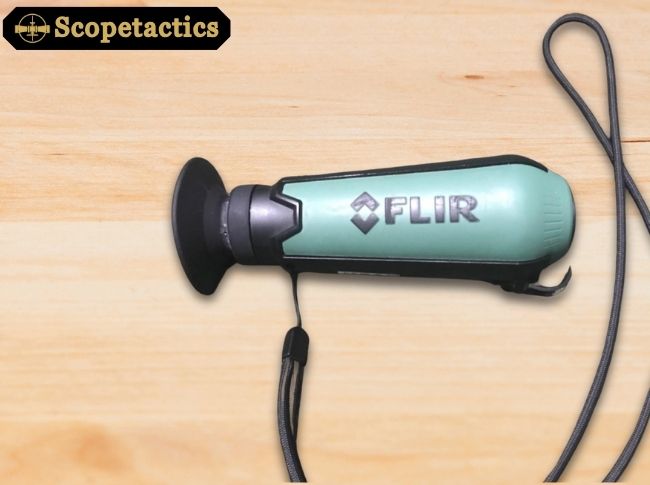
| Feature / Model | FLIR Scout II-320 | Bering Optics Hogster Stimulus VR | Pulsar Axion Key (XM30) |
|---|---|---|---|
| Thermal sensor | 336 × 256 VOx microbolometer. | 256 × 192 or 256-class VOx variants commonly used in Hogster Stimulus models (12 μm pitch listed). | 320 × 240 uncooled @ 12 μm (Axion Key series). |
| Frame rate | <9 Hz (NTSC / <9 Hz typical). | Typically ~30 Hz (some Stimulus/V R SKU listings show 30 Hz / 30 fps); check exact SKU. | 50 Hz — smooth, good for movement. |
| Lens / FOV / Magnification | 19 mm fixed; ~17° × 13° (some listings 24°×18° variation between NTSC/PAL). 2× digital. | Example Stimulus VR: 2.3–4.6× (19 mm equivalent), compact weapon-sight form factor; designed for short–medium ranges (~up to ~200 yd practical). | Objective F30 — 2.5–10× (with digital zoom up to 4×); narrow FOV modes for longer detection ranges. Detection up to ~1200 m (manufacturer detection figures). |
| Recording / Connectivity | No onboard photo/video recording (video-out only on many Scout II models). | Photo/video recording + Wi-Fi streaming (Hogster Stimulus VR SKU includes onboard recording and Wi-Fi). External power/picatinny power kits sold alongside. | Image capture and some models include video/streaming via app (Axion Key supports image capture; check exact model for live-stream options). Pulsar ecosystem apps support Wi-Fi on some devices. |
| Display | Built-in LCD display (FLIR Scout II series). | Integrated display in weapon-sight form factor (designed to mount to rifle — use like scope). | LCOS/AMOLED microdisplay (good clarity and contrast). |
| Battery / Runtime | Internal Li-ion, ~5+ hrs (FLIR Scout II typical). | External power kit options; many users run off external battery packs for long sessions (sold as bundles). Runtime depends on battery. | Pulsar rechargeable battery (e.g., APS3/IPS packs) — typical long runtimes (~6–9+ hrs depending on battery). |
| Ruggedness / Use case | Rugged handheld monocular for wildlife viewing and general outdoor use; small/pocketable. Good for scanning but no onboard recording — great for straightforward observation. | Purpose-built thermal weapon sight (compact, mountable to Picatinny rails). Optimized for night hog/predator hunting; includes recording/Wi-Fi and power-kit compatibility. | Lightweight monocular for hunting, search, and observation; high refresh rate and good detection range — excellent for mobile spotting and for users who want smoother motion and better range. |
| Typical detection/useful range (manufacturer) | Practical short–mid range (hundreds of yards for detection/identification depending on conditions). FLIR demos show effective target demos within ~25–300 yds. | Designed for short–mid range (hog control), commonly marketed for up to ~200 yds effective depending on model/lens. | Pulsar often lists detection up to ~1,200 m / longer detection distances (model and lens dependent). |
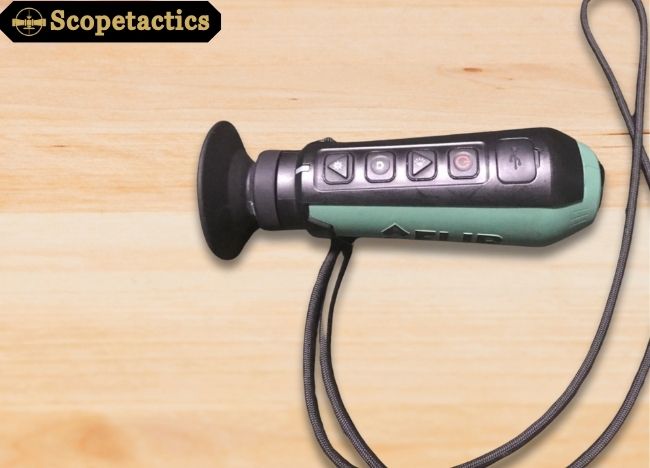
As an experienced outdoorsman who relies on top-tier equipment, I’ve had the opportunity to put the FLIR Scout II 320 thermal monocular through its paces. This isn’t just a gadget; it’s a dedicated tool designed to provide a critical advantage in low-light and obscured environments. My review will focus on the technical underpinnings of the device, its practical performance in real-world scenarios, and its standing in the broader market of thermal optics.
The Engine Room: Sensor and Imaging Technology
At the heart of the Scout II 320 is its 336 x 256 VOx (Vanadium Oxide) uncooled microbolometer. This component is the primary reason for the device’s exceptional performance. Unlike older technologies that required cryogenic cooling, the VOx microbolometer is passive, lightweight, and incredibly power-efficient.
This is a crucial factor in a handheld device where portability and battery life are paramount. The sensor’s ability to detect minuscule temperature variations a thermal sensitivity of less than 50 mK means it can pick up the heat signature of an animal partially hidden by a bush or a person at a significant distance, even when the scene’s ambient temperature is uniform.
The device processes this data to present a clear, 640 x 480 pixel image on its internal LCD display. While the sensor’s native resolution is 336 x 256, the display upscales this image. While this doesn’t add true detail, it makes the image easier to view.
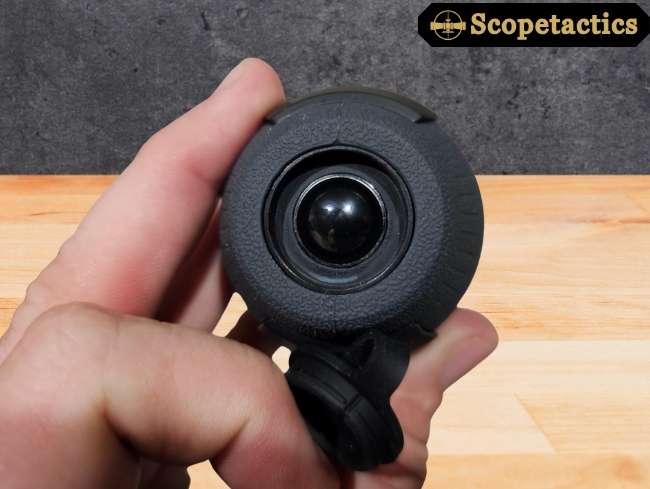
The three core image palettes White Hot, Black Hot, and InstAlert™ each serve a distinct purpose. I’ve found that White Hot is my go-to for general scanning, as it provides the most immediate, high-contrast image. For prolonged observation, however, I often switch to Black Hot, which I find to be less fatiguing on the eyes.
The InstAlert™ feature, which highlights the hottest objects in red, is a game-changer for rapid detection in dense foliage or for locating a target quickly in a search scenario.
Performance Metrics in the Field
A device’s specs only tell half the story; its performance in the field is what truly matters. The Scout II 320 features a 19 mm fixed-focus lens that provides a field of view of 17°×13°. This is a well-balanced choice, offering a wide enough perspective for scanning large areas while still providing enough magnification to observe distant subjects.
The detection range for a man-sized object is rated at up to 550 yards. In my experience, this is a very realistic metric for reliable detection. Beyond that range, you can see a heat source, but distinguishing its shape becomes challenging.
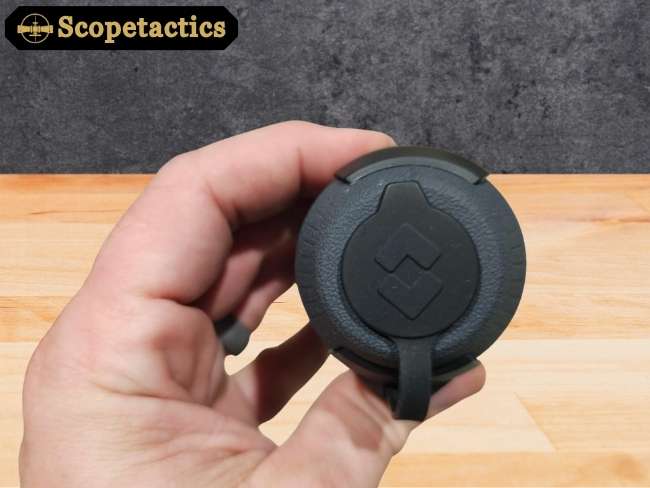
The 2x digital zoom is a useful but limited feature. It’s important to understand that it simply magnifies the existing pixels, leading to a noticeable loss of image clarity. I use it sparingly, typically only to get a slightly better look at a target I have already located and am certain of. The device’s refresh rate is <9 Hz.
While this is perfectly acceptable for most static observation and slow-moving targets, it can result in a choppy image when panning quickly or tracking a fast-moving animal. This is one of the main technical trade-offs of the Scout II series and a key differentiator from its higher-priced competitors and the newer Scout III models.
Design, Durability, and Power
The Scout II 320 is built for the outdoors. Its IP67 rating is a testament to its durability, ensuring it is both dust-tight and submersible in up to 1 meter of water for 30 minutes. The device feels solid in the hand, and the rubberized housing provides a confident, non-slip grip, even in wet or cold conditions.
At a mere 12 oz, it’s a non-issue to carry on long hikes. The button layout is simple and intuitive, and I’ve found it easy to operate with one hand, even with gloves on. Battery life is another critical metric.
The internal Li-Ion battery provides a respectable 5+ hours of continuous use, and the auto-off feature helps conserve power during periods of inactivity. This is more than sufficient for a full night of observation, and its ability to be charged via a standard USB cable is a major convenience, especially on extended trips where a power bank can easily replenish it.
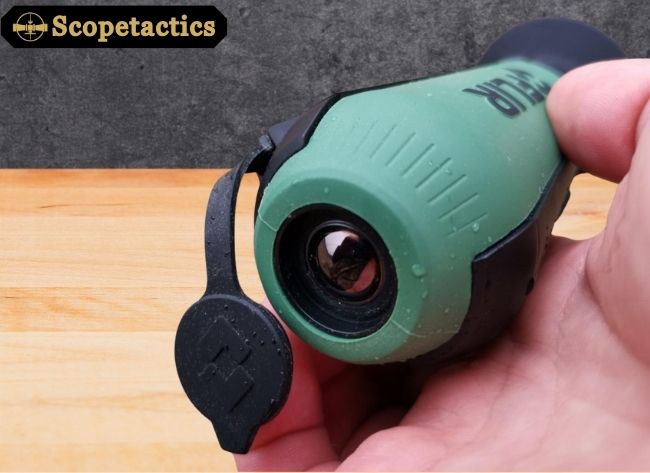
Application and User Experience
For a hunter, the Scout II 320 is an invaluable tool for ethical hunting. It helps in the recovery of downed game, as a thermal signature can be tracked even hours after the animal has expired. It also helps in scouting and identifying game trails or bedding areas after dark.
For wildlife enthusiasts, it allows for incredible observations without disturbing animals with visible light. I’ve spent hours watching nocturnal animals go about their routines completely unaware of my presence. The included wrist strap and molle bag are practical additions that further enhance its utility.
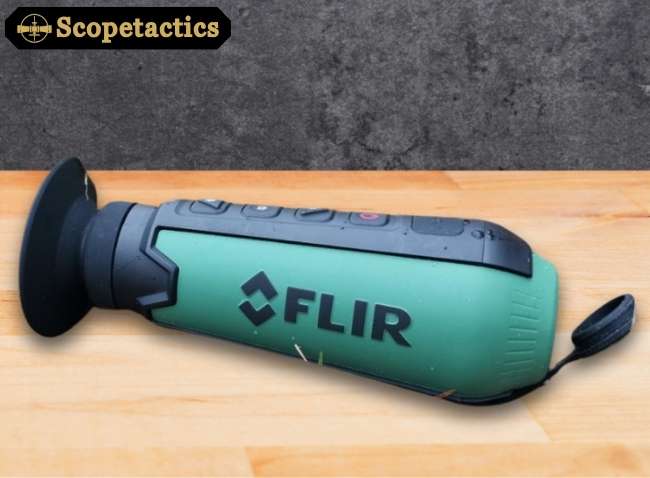
Pros:
- Exceptional Sensor
- Durable and Portable
- Long Battery Life
- Intuitive Controls
- Versatile Palettes
Cons:
- Low Refresh Rate:
- Limited Digital Zoom
- Lacks Advanced Features
Why should choose FLIR Scout II 320 Monocular
Based on the comprehensive review in the Canvas, the FLIR Scout II 320 is an excellent choice for anyone seeking a reliable and user-friendly thermal monocular without the premium cost of higher-end models.
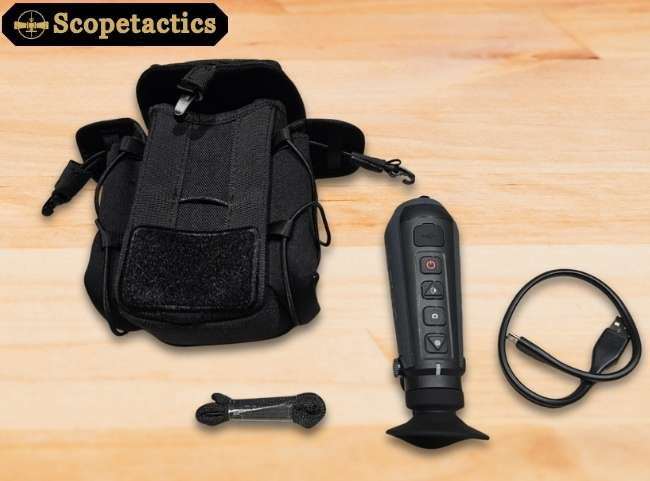
Its core appeal lies in its rugged, portable design, featuring a durable, rubberized housing with an IP67 rating that ensures it can withstand challenging outdoor conditions. The device is powered by a highly sensitive and power-efficient VOx microbolometer, which provides clear thermal images and a respectable detection range for its class.
The long battery life, combined with a convenient USB charging option, makes it ideal for extended trips. While it may not have the high refresh rate or advanced features like video recording, its straightforward functionality and solid performance make it a superb, no-frills tool for hunters, wildlife enthusiasts, and security personnel who need to reliably detect heat signatures in low-light or obscured environments.
The FLIR Scout II 320 is not just a thermal monocular; it’s a rugged, reliable, and user-friendly tool that delivers exceptional performance for its class. Its technical specifications the 336 x 256 VOx sensor, IP67 durability, and long battery life make it a strong contender for anyone serious about wildlife observation, hunting, or security.
While it may lack the high refresh rate and video recording capabilities of more expensive models, its core functionality is superb. It fills a crucial gap in the market by offering professional-grade thermal technology in a straightforward, accessible package.
For anyone looking for a no-frills thermal monocular that simply works, the Scout II 320 is a wise investment that will undoubtedly change how you experience the outdoors.
FAQs
What is a VOx microbolometer and why is it important for the FLIR Scout II 320?
The VOx (Vanadium Oxide) uncooled microbolometer is the key sensor at the core of the monocular. Unlike older technologies that require cooling, this sensor is passive and lightweight, which is crucial for a handheld device.
Its thermal sensitivity of less than 50 mK allows it to detect very subtle temperature differences, enabling it to pick up the heat signature of an animal or person even when they are partially obscured or at a distance.
Why is the digital zoom described as “useful but limited”?
The 2x digital zoom on the Scout II 320 simply magnifies the existing pixels from the native 336 x 256 sensor resolution. This process leads to a noticeable loss of image clarity. While it can be useful for getting a slightly closer look at a target you have already located, it is not effective for detailed observation and should be used sparingly.
What does the device’s refresh rate of <9 Hz mean for its performance?
The refresh rate of less than 9 Hz means the image on the display is updated less frequently than a standard video. While this is acceptable for observing static or slow-moving subjects, it can cause the image to appear choppy or jerky when you are panning the monocular quickly or tracking a fast-moving target. This refresh rate is also a key factor that allows the device to be more widely available in certain markets due to export regulations.
What does the IP67 rating indicate about the FLIR Scout II 320’s durability?
The IP67 rating is a measure of the device’s protection against environmental factors. The “6” indicates it is completely protected from dust ingress, making it dust-tight. The “7” signifies that it can withstand temporary submersion in water up to 1 meter deep for up to 30 minutes. This rating confirms the device is highly durable and well-suited for use in wet, dusty, or other challenging outdoor conditions.
Final Thought
After extensive use, my final takeaway is that the FLIR Scout II 320 is a wise, no-frills investment for serious outdoorsmen. It strikes an excellent balance between professional-grade thermal technology and accessibility. Its core strength lies in its reliable 336 x 256 VOx sensor, which provides clear thermal detection, and a rugged, intuitive design built to withstand the rigors of the field.
While it may lack the high refresh rate and video capabilities of more expensive models, its core functionality is superb. This monocular delivers on its promise to change how you experience the outdoors by offering a robust and dependable tool that simply works.
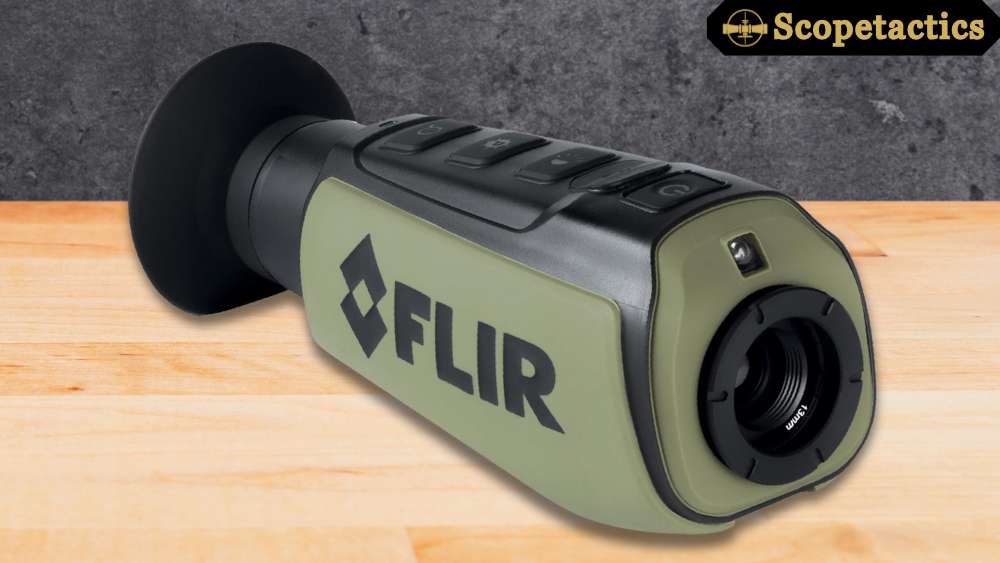












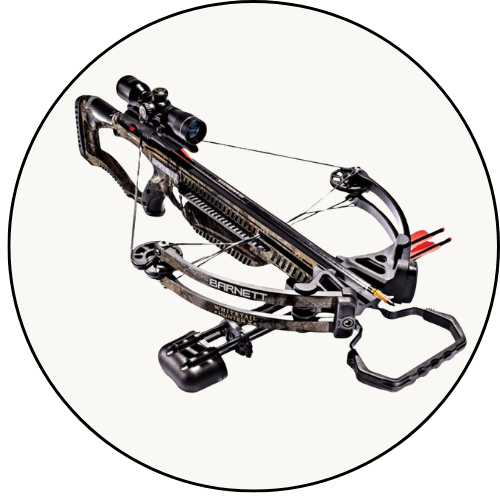
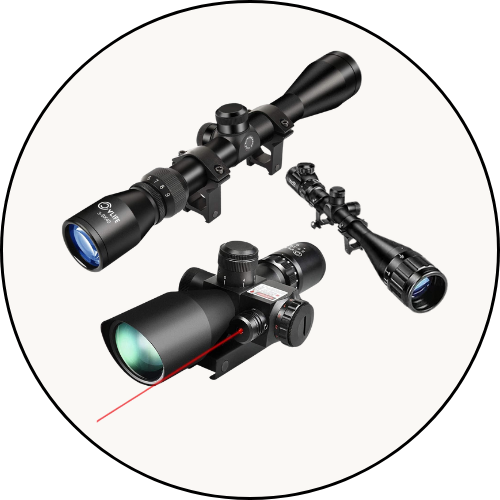
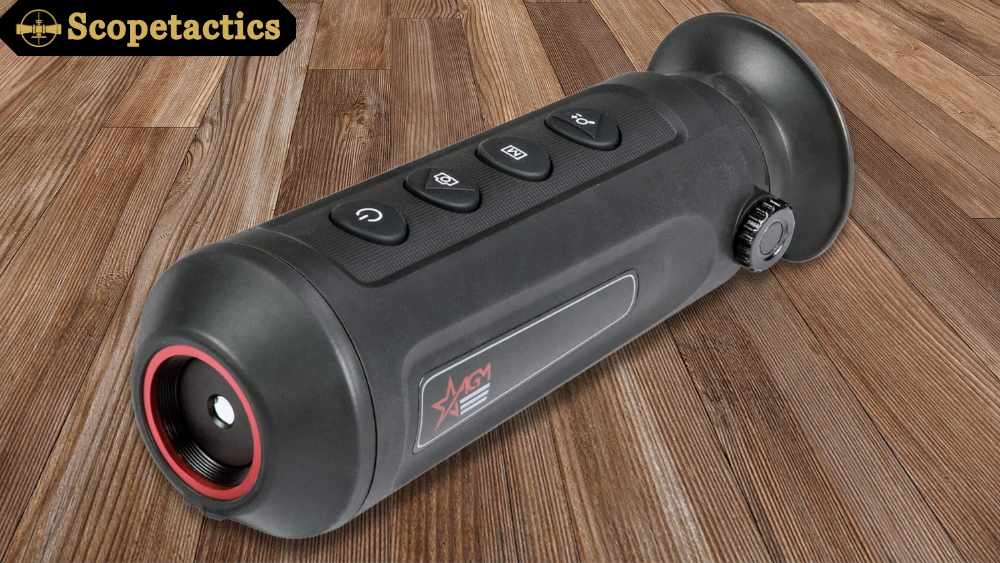
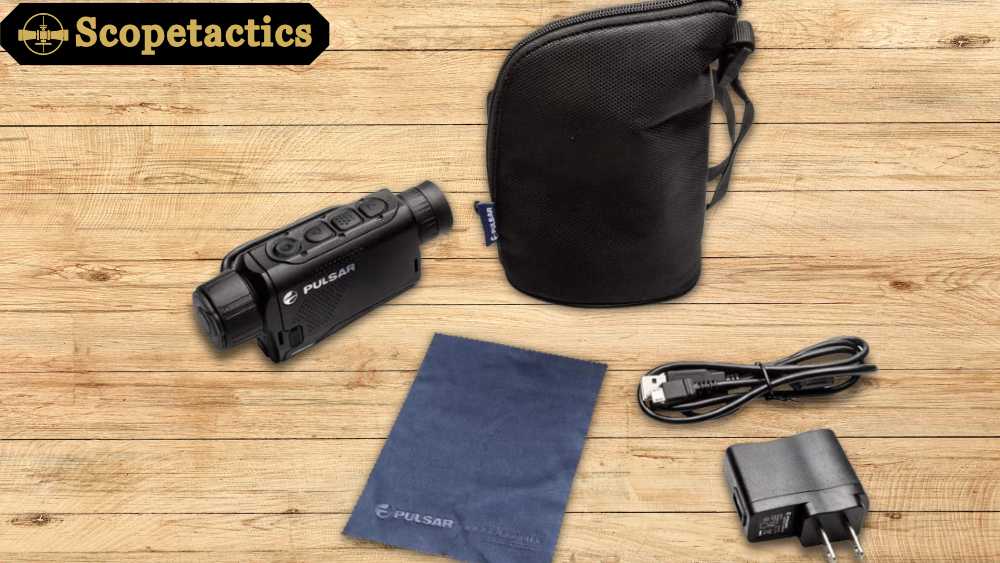
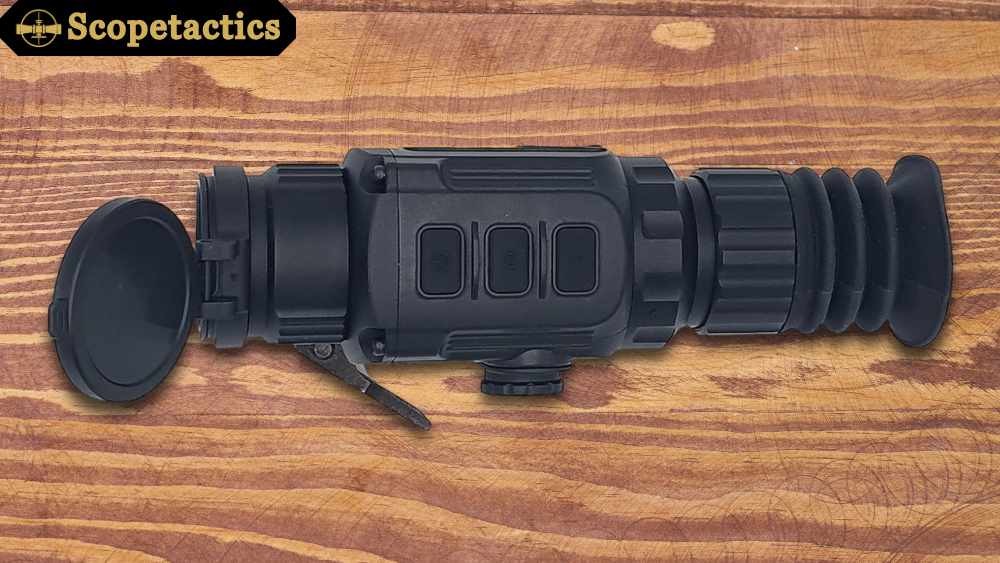
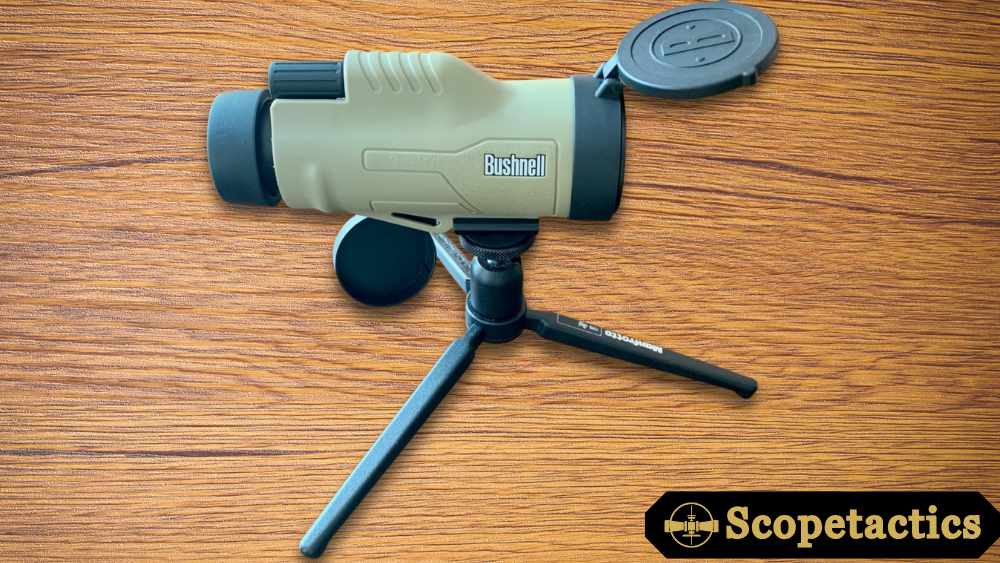
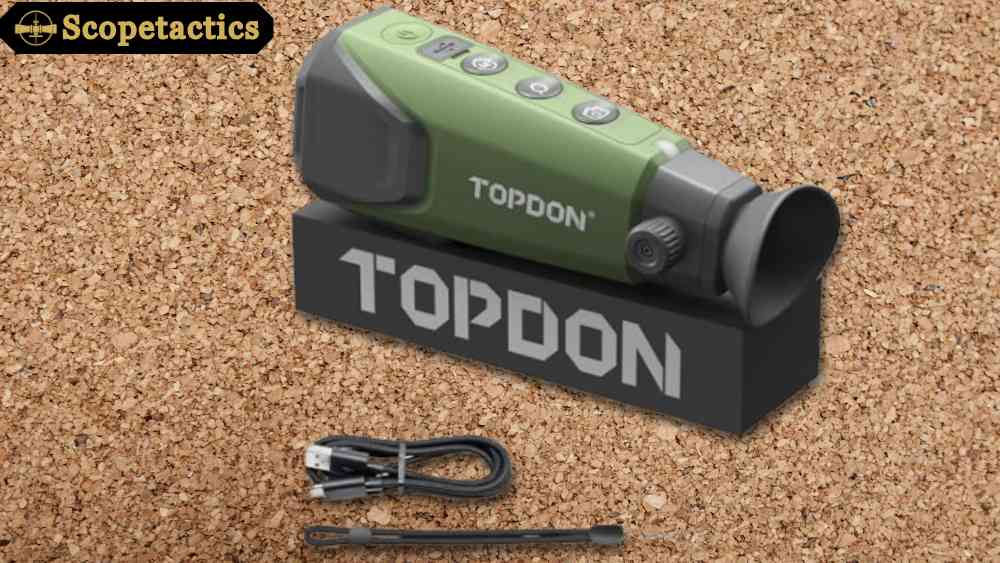
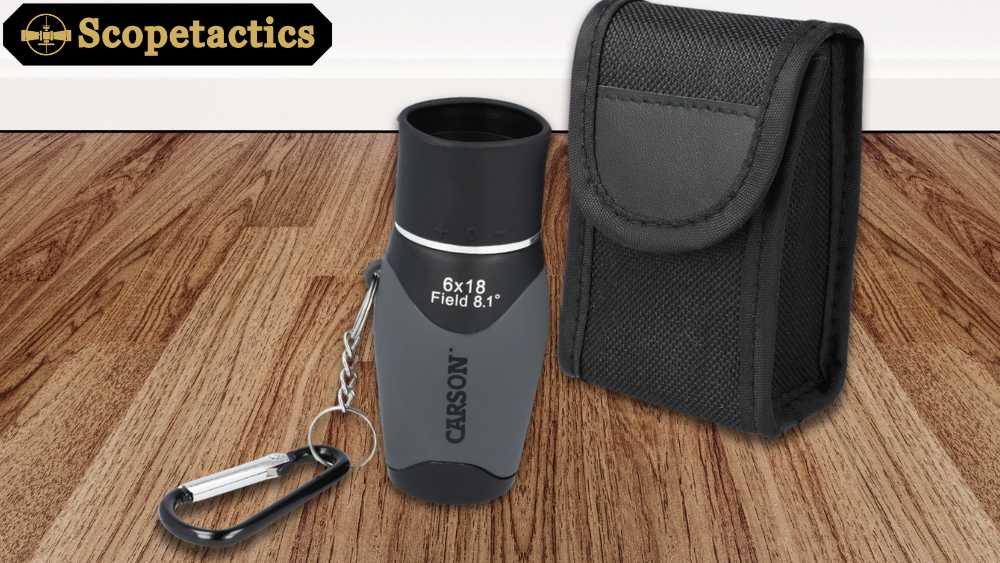
Leave a Reply